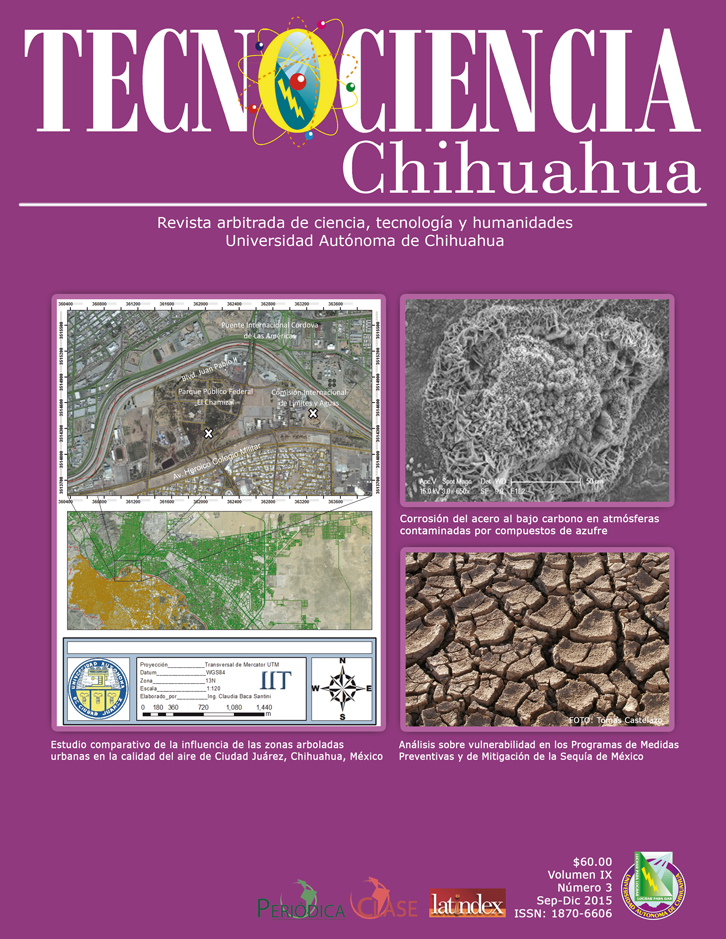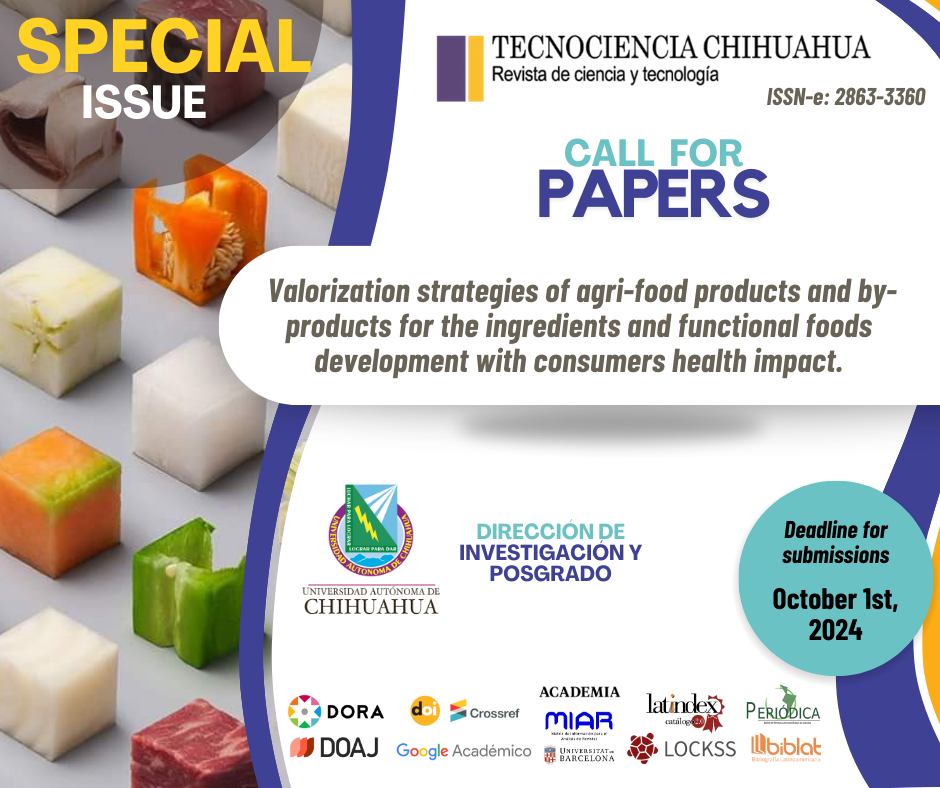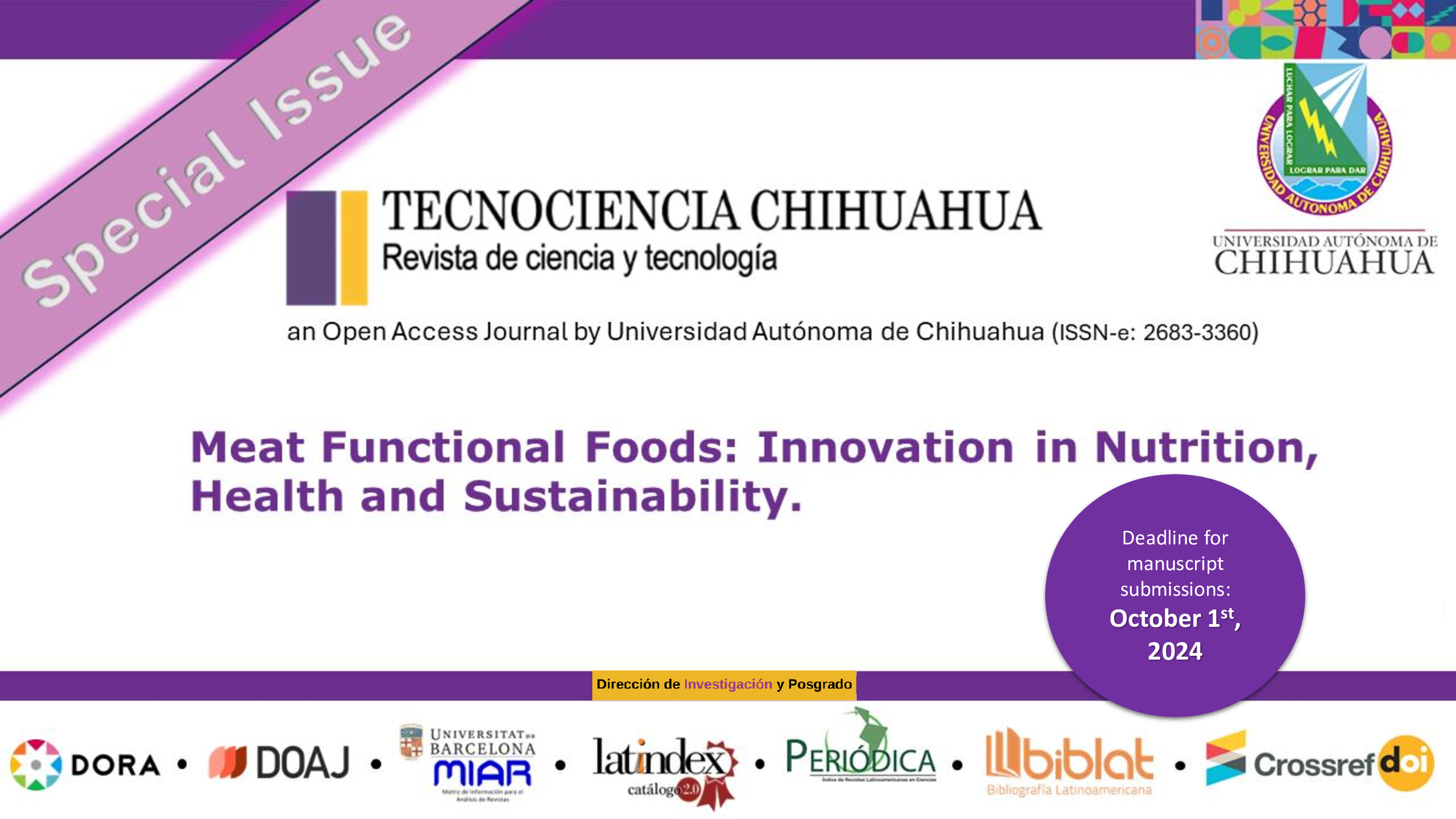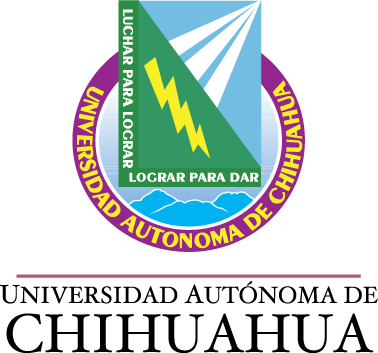Tasa de fertilización, desarrollo y calidad de embriones bovinos Holstein producidos in vitro con semen sexado y adición de IGF-I
Fertilization rate, development and quality of Holstein bovine embryos produced in vitro with sexed semen and addition of IGF-I
Resumen
La adición de IGF-I a los medios de fertilización in vitro y cultivo de embriones ha sido propuesta como una forma de imitar las señales maternas de la gestación temprana en el útero. El objetivo del presente estudio fue evaluar la adición del factor de crecimiento similar a la insulina tipo-I (IGF-I) sobre la tasa de fertilización con semen sexado (SS) y de blastocistos bovinos producidos in vitro, así como la calidad embrionaria. Se utilizó SS de tres toros Holstein para la fertilización in vitro (FIV) de ovocitos obtenidos de ovarios recolectados en rastro, para lo cual se agregó IGF-I (100 ng/ml) en los medios de fertilización y desarrollo embrionario a diferentes tiempos: T1 (IGF-I, d 0-7; n= 393); T2 (IGF-I, d 0-3; n= 394); T3 (IGF-I, d 3-7; n= 394); y T4 (sin IGF-I o grupo control; n= 394). Se evaluó el porcentaje de fertilización al día tres de incubación y el día siete se evaluó la calidad y estadio de los blastocistos. Los datos se analizaron con el procedimiento CATMOD de SAS (SAS Inst. Inc., Cary, NC), ajustando un modelo que incluyó el efecto de tratamiento (con y sin IGF-I, para tasa de fertilización; y T1, T2, T3 y T4 para otras variables). La adición de IGF-I al medio afectó la tasa de fertilización (34 vs 42%; P < 0.05) y no hubo efecto (P > 0.05) de tratamiento para la tasa de blastocistos/ovocitos fertilizados, ni para calidad de los blastocistos. Se concluye que bajo las condiciones del presente estudio, la adición de IGF-I a los medios de fertilización y cultivo in vitro no tiene un efecto benéfico para la producción de embriones, pero sí afecta la fertilidad del semen sexado.
Abstract
The addition of IGF-I to the in vitro fertilization and embryo culture media has been suggested as a means to imitate maternal signals during early gestation in the uterus. The aim of the present study was to evaluate the addition of insulin-like growth factor I (IGF- I) on the fertilization rate with sexed semen (SS) and bovine blastocysts produced in vitro as well as the embryo quality. Semen used was from three Holstein bulls for in vitro fertilization and oocytes were obtained from ovaries collected on a slaughterhouse. For which IGF-I (100 ng/ml) was added in the means of fertilization and embryo development at different times: T1 (IGF-I, d 0-7; n= 393); T2 (IGF-I, d 0-3; n= 394); T3 (IGF-I, d 3- 7; n= 394); and T4 (without IGF-I or control group; n= 394). Fertilization rate was evaluated at day 3 of incubation, and at day 7, blastocysts quality and stage were assessed. Data were analyzed with CATMOD of SAS (SAS Inst. Inc., Cary, NC), adjusting a model including the effect of treatment (with and without IGF-I, for fertilization rate; and T1, T2, T3 and T4, for other variables). The addition of IGF-I to the media affected the fertilization rate (34 vs 42%; P < 0.05) and there was not effect (P > 0.05) of treatment for the rate blastocysts/fertilized oocytes fertilized or for the quality of blastocysts. It is concluded that under the conditions of this study, with the use of sexed semen, the addition of IGF-I to the media of fertilization and culture in vitro does not have a beneficial effect on the production of embryos, but it does affect the fertility of the sexed semen.
Keywords: IGF-I, embryo, in vitro fertilization, sexed semen.
Citas
Barceló-Fimbres, M. & G. E. Seidel Jr. 2007. Effects of either glucose or fructose and metabolic regulators on bovine embryo development and lipid accumulation in vitro. Mol. Reprod. Dev. 74(11):1406-1418. https://doi.org/10.1002/mrd.20700
Block, J., M. Drost, R. L. Monson, J. J. Rutledge, R. M. Rivera, F. F. Paula-Lopes, O. M. Ocon, C. E. Krininger III, J. Liu & P. J. Hansen. 2003. Use of insulin-like growth factor-I during embryo culture and treatment of recipients with gonadotropin-releasing hormone to increase pregnancy rates following the transfer of in vitro-produced embryos to heat- stressed, lactating cows. J. Anim. Sci. 81(6):1590-1602. https://animal.ifas.ufl.edu/hansen/publications_pdf/docs/2003_block.pdf
Block, J. & P. J. Hansen. 2007. Interaction between season and culture with insulin-like growth factor-1 on survival of in vitro produced embryos following transfer to lactating dairy cows. Theriogenology 67(9):1518-1529. https://doi.org/10.1016/j.theriogenology.2007.03.012
Bonilla, A. Q. S., M. Ozawa & P. J. Hansen. 2011. Timing and dependence upon mitogen-activated protein kinase signaling for pro-developmental actions of insulin-like growth factor 1 on the preimplantation bovine embryo. Growth. Horm. IGF. Res. 21(2):107-111. https://doi.org/10.1016/j.ghir.2011.03.003
Bonilla, A. Q. S., L. J. Oliveira, M. Ozawa, E. M. Newsom, M. C. Lucy & P. J. Hansen. 2011. Developmental changes in thermoprotective actions of insulin-like growth factor-1 on the preimplantation bovine embryo. Mol. Cell. Endocrinol. 332(1-2):170-179. https://doi.org/10.1016/j.mce.2010.10.009
Breukelman, S. P., Z. Perényi, M. A. M. Taverne, H. Jonker, G. C. van der Weijden, P. L. A. M. Vos, L. de Ruigh, S. J. Dieleman, J. F. Beckers & O. Szenci. 2012. Characterisation of pregnancy losses after embryo transfer by measuring plasma progesterone and bovine pregnancy-associated glycoprotein-1 concentrations. Vet. J. 194(1):71-76. https://doi.org/10.1016/j.tvjl.2012.02.020
Cebrian-Serrano, A., M. A. Silvestre, S. Ruiz & D. Rath. 2013. Effect of sex-sorted sperm on development and quality of in vitro-produced bovine embryos derived from ovum pick up oocytes. International Journal of Advanced and Integrated Medical Sciences 31 (Suppl. 2):111-122. https://journals.indexcopernicus.com/search/article?articleId=70950
Cran, D. G., L. A. Johnson, N. G. A. Miller, D. Cochrane & C. Polge. 1993. Production of bovine calves following separation of X- and Y-chromosome bearing sperm and in vitro fertilization. Vet. Rec. 132 (2):40-41. https://bovine-ojs-tamu.tdl.org/bovine/article/download/419/410
Dahli, A., V. M. Anchamparuthy, S. P. Butler, R. E. Pearson & F. C. Gwazdauskas. 2009. In vitro development of bovine embryos cultured with stem cell factor or insulin-like growth factor-I following IVF with semen of two bulls having different field fertility. Anim. Reprod. Sci. 116(3-4):188-195. https://doi.org/10.1016/j.anireprosci.2009.02.007
De La Torre-Sánchez, J. F., K. M. Preis & G. Seidel Jr. E. 2006. Metabolic regulation of in vitro produced bovine embryos. I. Effects of metabolic regulators at different glucose concentrations with embryos produced by semen of different bulls. Reprod. Fertil. Dev. 18(5):585-596. https://doi.org/10.1071/rd05063
Falkenberg, U., J. Haertel, K. Rotter, M. Iwersen, G. Arndt & W. Heuwieser. 2008. Relationships between the concentration of insulin-like growth factor-1 in serum in dairy cows in early lactation and reproductive performance and milk yield. Journal of Dairy Science 91(10):3862-3868. https://doi.org/10.3168/jds.2007-0887
Fatehi, A. N., M. M. Bevers, E. Schoevers, B. A. Roelen, B. Colen-Brander & B. M. Gadella. 2005. DNA damage in bovine sperm does not block fertilization and early embryonic development but induces apoptosis after the first cleavages. Journal of Andrology 27(2):176-188. https://doi.org/10.2164/jandrol.04152
Gopichandran, N. & H. J. Leese. 2006. The effect of paracrine/autocrine interactions on the in vitro culture of bovine implantation embryos. Reproduction 131(2):269-77. https://rep.bioscientifica.com/view/journals/rep/131/2/1310269.xml
Hashizume, T., K. Ohtsuky, & N. Matsumoto. 2000. Plasma insulin-like growth factor-I concentrations increase during the estrous phase in goats. Domest. Anim. Endocrinol. 18(2):253-263. https://doi.org/10.1016/s0739-7240(99)00082-x
Henricks, D. M., A. J. Kouba, B. R. Lackey, W. R. Boone & S. L. Gray. 1998. Identification of insulin-like growth factor I in bovine seminal plasma and its receptor on spermatozoa: influence on sperm motility. Biol. Reprod. 59(2):330-337. https://doi.org/10.1095/biolreprod59.2.330
Hoeflich, A., H. D. Reichenbach, J. Schwartz, T. Grupp, M. M. Weber, J. Foll & E. Wolf. 1999. Insulin-like growth factors and IGF-binding proteins in bovine seminal plasma. Domest. Anim. Endocrinol. 17(1):39-51. https://doi.org/10.1016/s0739-7240(99)00023-5
International Embryo Transfer Society (IETS). 1998. Manual of the International Embryo Transfer Society. Third Edition. Savory. ISBN 0966238605.
Jousan, F. D., L. J. Oliveira & P. J. Hansen. 2008. Short-Term culture of in vitro produced bovine preimplantation embryos with insulin-like growth factor-I prevents heat shock-induced apoptosis through activation of the Phosphatidylinositol 3- Kinase/Akt pathway. Mol. Reprod. Dev. 75(25):681-688. https://doi.org/10.1002/mrd.20830
Jousan, F. D. & P. J. Hansen. 2007. Insulin-like growth factor-I promotes resistance of bovine preimplantation embryos to heat shock through actions independent of its anti- apoptotic actions requiring PI3K signaling. Mol Reprod. Dev. 74(2):189-196. https://doi.org/10.1002/mrd.20527
Khurana, N. K. & H. Niemann. 2000. Effects of oocyte quality, oxygen tension, embryo density, cumulus cells and energy substrates on cleavage and morula/blastocyst formation of bovine embryos. Theriogenology 54(5):741- 756. https://doi.org/10.1016/s0093-691x(00)00387-3
Lima, P. F., M. A. Oliveira, M. H. Santos, H. D. Reichenbach, M. Weppert, F. F. Paula-Lopes, C. C. Neto & P. B. Goncalves. 2006. Effect of retinoids and growth factor on in vitro bovine embryos produced under chemically defined conditions. Anim. Reprod. Sci. 95(3-4):184-192. https://doi.org/10.1016/j.anireprosci.2005.08.013
Lonergan, P. 1994. The application of in vitro fertilization techniques to the prediction of bull fertility. Reprod. Dom. Anim. 29(1):12-21. https://doi.org/10.1111/j.1439-0531.1994.tb00554.x
Lonergan, P. 2007. State of the art embryo technologies in cattle. Reproduction in Domestic Ruminants VI. Nottingham University Press. https://www.biosciproceedings.org/bp/0006/pdf/bp0006rdr20.pdf
Lonergan, P., T. Fair, D. Corcoran & A. C. Evans. 2006. Effect of culture environment on gene expression and developmental characteristics in IVF-derived embryos. Theriogenology 65(1):137-152. https://doi.org/10.1016/j.theriogenology.2005.09.028
Loureiro, B., L. Bonilla, J. Block, J. M. Fear, A. Q. Bonilla & P. J. Hansen. 2009. Colony-stimulating factor 2 (CSF-2) improves development and posttransfer survival of bovine embryos produced in vitro. Endocrinology 150(11):5046-5054. https://doi.org/10.1210%2Fen.2009-0481
Mahmoud, A. l. & J. J. Parrish. 1996. Oviduct fluid and heparin induce similar surface changes in bovine sperm during capacitation. Mol. Reprod. Dev. 43(4):554-560. https://doi.org/10.1002/(sici)1098-2795(199604)43:4%3C554::aid-mrd19%3E3.0.co;2-z
Memili. E. & N. L. First. 2000. Zygotic and embryonic gene expression in cow: a review of timing and mechanisms of early gene expression as compared with other species. Zygote 8(1):87-96. https://doi.org/10.1017/s0967199400000861
Moore, K., J. M. Kramer, C. J. Rodriguez-Sallaberry, J. V. Yelich & M. Drost. 2007. Insulin-like growth factor (IGF) family genes are aberrantly expressed in bovine conceptuses produced in vitro or by nuclear transfer. Theriogenology 68(5):717-727. https://doi.org/10.1016/j.theriogenology.2007.06.001
Moore, K. & W. W. Thatcher. 2006. Major Advances Associated with Reproduction in Dairy Cattle. J. Dairy Sci. 89(4):1254-1266. https://doi.org/10.3168/jds.s0022-0302(06)72194-4
Morton, K. M., D. Herrmann, B. Sieg, C. Struckmann, W. M. Maxwell, D. Rath, G. Evans, A. Lucas-Hahn, H. Niemann & C. Wrenzycki. 2007. Altered mRNA expression patterns in bovine blastocysts after fertilisation in vitro using flow-cytometrically sex-sorted sperm. Mol. Reprod. Dev. 74(8):931-940. https://doi.org/10.1002/mrd.20573
Palma, G. A., N. Olivier, Ch. Neumüller & F. Sinowatz. 2008. Effects of Sex-sorted Spermatozoa on the Efficiency of in vitro Fertilization and Ultrastructure of in vitro Produced Bovine Blastocysts. Anat. Histol. Embryol. 37(1):67-73. https://doi.org/10.1111/j.1439-0264.2007.00795.x
Parrish, J. J., J. L. Susko-Parrish, M. L. Leibfried-Rutledge, E. S. Critser & W. Eyestone. H. 1986. Bovine in vitro fertilization with frozen-thawed semen. Theriogenology 25(4):591-600. https://doi.org/10.1016/0093-691x(86)90143-3
Rasmussen, S., J. Block, G. E. Seidel Jr, Z. Brink, K. McSweeney, P. W. Farin, L. Bonilla & P. J. Hansen. 2013. Pregnancy rates of lactating cows after transfer of in vitro produced embryos using X-sorted sperm. Theriogenology 79(3):453-461. https://doi.org/10.1016/j.theriogenology.2012.10.017
Rizos, D., M. Clemente, P. Bermejo-Alvarez, J. de La Fuente, P. Lonergan & A. Gutierrez-Adan. 2008. Consequences of in vitro culture conditions on embryo development and quality, Reprod. Domest. Anim. 43 (S. 4):44-50. https://doi.org/10.1111/j.1439-0531.2008.01230.x
Rizos, D., F. Ward, P. Duffy, M. Boland & P. Lonergan. 2002. Consequences of bovine oocyte maturation, fertilization or early embryo development in vitro versus in vivo: implications for blastocyst yield and blastocyst quality. Mol. Reprod. Dev. 61(2):234-248. https://doi.org/10.1002/mrd.1153
Sagirkaya, H., M. Misirlioglu, A. Kaya, N. L. First, J. J. Parrish & E. Memili. 2006. Developmental and molecular correlates of bovine preimplantation embryos. Reproduction 131(5):895-904. https://doi.org/10.1530/rep.1.01021
Sartori, R., A. H. Souza, J. N. Guenther, D. Z. Caraviello, L. N. Geiger, J. L. Schenk & M. C. Wiltbank. 2004. Fertilization rate and embryo quality in superovulated Holstein heifers artificially inseminated with X-sorted or unsorted sperm. Anim. Reprod. 1(1):86-90. https://www.animal-reproduction.org/article/5b5a608bf7783717068b480f
SAS. Institute. 2002. SAS. User ´s Guide. SAS Institute Inc. Cary, NC.
Seidel Jr, G. E., J. L. Schenk, L. A. Herickhoff, S. P. Doyle, Z. Brink, R. D. Green, and D. G. Cran. 1999. Insemination of heifers with sexed sperm. Theriogenology 52:1407-1420. https://doi.org/10.1016/s0093-691x(99)00226-5
Selvaraju, S., I. J. Reddy, S. Nandi, S. B. N. Rao & J. P. Ravindra. 2009. Influence of IGF-I on buffalo (Bubalus bubalis) spermatozoa motility, membrane integrity, lipid peroxidation and fructose uptake in vitro. Ani. Reprod. Sci. 113(1-4):60-70. https://doi.org/10.1016/j.anireprosci.2008.08.011
Shi, D. S., K. H. Lu & I. Gordon. 1990. Effects of bulls on fertilization of bovine oocytes and their subsequent development in vitro. Theriogenology 33(1990):324.
Sirisathien, S., H. J. Hernandez-Fonseca & B. G. Brackett. 2003. Influences of epidermal growth factor and insulin-like growth factor-I on bovine blastocyst development in vitro. Anim. Reprod. Sci. 77(1-2):21-32. https://doi.org/10.1016/s0378-4320(02)00272-5
Stevenson, K. & D. Whates. 1996. Insulin-like growth factors and their binding proteins in the ovine oviduct during the oestrus cycle. J. Reprod. Fert. 108(1):31-40. https://doi.org/10.1530/jrf.0.1080031
Suarez, S. S. 1997. The oviductal sperm reservoir in mammals: mechanisms of formation. Biol. Reprod. 58(5):1105-1107. https://doi.org/10.1095/biolreprod58.5.1105
Tonello, T. T. M., M. F. Accorsi, M. F. Ferraz, M. R. Waranabe, F. D. P. Meirelles, F. V. Meirelles & Y. F. Watanabe. 2005. Produção in vitro de embriões bovinos a partir de sêmen sexado. Acta Sci. Vet. 33 (Suppl. 1).
Vajta, G., T. Krosi, Y. Du, K. Nakata, S. Leda, M. Kuwayama, & Z. P. Nagy. 2008. The well of the well system: an efficient approach to improve embryo development. Reproductive BioMedicine Online 17(1):73-81. https://doi.org/10.1016/s1472-6483(10)60296-9
Velázquez, M. A., L. J. Spicer & D. C. Wathes. 2008. The role of endocrine insulin-like growth factor-I (IGF-I) in female bovine reproduction. Domest. Anim. Endocrinol. 35(4):325-242. https://doi.org/10.1016/j.domaniend.2008.07.002
Ward, F., D. Rizos, M. P. Boland & P. Lonergan. 2003. Effect of reducing sperm concentration during IVF on the ability to distinguish between bulls of high and low field fertility: work in progress. Theriogenology 59(7):1575-1584. https://doi.org/10.1016/s0093-691x(02)01202-5
Wu, M., J. Hall, R. M. Akers & H. Jiang. 2010. Effect of feeding level on serum insulin-like growth factor I (IGF-I) response to growth hormone injection. J. Endocrinol. 206(1):37-45. https://doi.org/10.1677/joe-10-0015
Xu, J., S. A. Chaubal & F. Du. 2009. Optimizing IVF with sexed sperm in cattle. Theriogenology 71(1):39-47. https://doi.org/10.1016/j.theriogenology.2008.09.012
Xu, J., Z. Guo, L. Su, T. L. Nedambale, J. Zhang & J. Schenkl. 2006. Develop- mental potential of vitrified Holstein cattle embryos fertilized in vitro with sex-sorted sperm. J. Dairy. Sci. 89(7):2510-2518. https://doi.org/10.3168/jds.s0022-0302(06)72326-8
Yang, X., S. Jiang & R. H. Foote. 1993. Bovine oocyte development following different oocyte maturation and sperm capacitation procedures. Mol Reprod Dev. 34(1):94-100. https://doi.org/10.1002/mrd.1080340115
Yoshizawa, M., H. Konno, S. Zhu, S. Kageyama, E. Fukui, S. Muramatsu, S. Kim & Y. Araki. 1999. Chromosomal diagnosis in each individual blastomere of 5 to 10-cell bovine embryos derived from in vitro fertilization. Theriogenology 51(7):1239-1250. https://doi.org/10.1016/s0093-691x(99)00068-0
Derechos de autor 2020 TECNOCIENCIA Chihuahua

Esta obra está bajo licencia internacional Creative Commons Reconocimiento-NoComercial 4.0.









